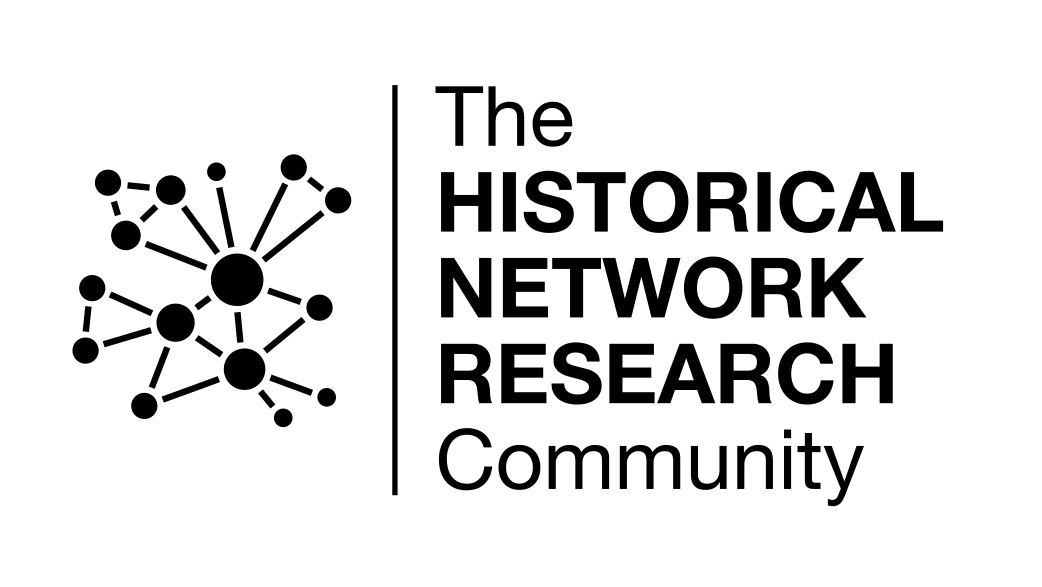
| Homepage |
| Program |
| Organizers |
| Keynote Speaker |
HISTONET - HNR at NetSci

KEYNOTE
Speaker: Maximilian Schich

Maximilian Schich, currently professor for cultural data analytics at Tallinn University, is a multidisciplinary scientist and art historian, who works to facilitate our understanding of aesthetics and cultural interaction. Max studied art history, archaeology, and psychology at LMU Munich and HU Berlin, followed by a postdoc phase in complex network science and computational social science at Northeastern University in Boston and ETH Zurich. From 2013, Max served as Associate Professor in Arts & Technology and as Founding member of the Edith O'Donnell Institute for Art History at UT Dallas. In 2020 Max moved to Estonia to lead the CUDAN ERA Chair project for Cultural Data Analytics. In 2023/24, Max was awarded with the Wittkower Fellowship of Max-Planck Society for his pioneering multidisciplinary contributions to art research, including regarding the city of Rome. Breakthroughs include a pioneering PhD monograph on "Reception & Visual Tradition as Complex Networks", "A Network Framework of Cultural History" in Science Magazine, and "Compression Ensembles" capturing visual family resemblance without AI training. In "Cultural Analysis Situs", Max has uncovered a shared theoretical foundation of network science, topology, computation, and the history of symbolic forms in Leibniz.
Talk: “Network History”
The study and depiction of historical networks firmly precedes the recent millennial rise of general network science and even the pioneering sociograms of the 1930s. Sizeable node-link diagrams, including dynamics over time, can be found as early as the 14th century. And while humanists have increasingly adopted network analysis in the last two decades, the multidisciplinary NetSci conference now exists long enough itself to constitute its own history, even requiring media archaeology to recover their previous conference contributions, satellite programs, and networks of participants. This keynote lecture will try to take stock of where we are and how we arrived here, from an individual perspective, which of course represents just one, yet perhaps not so random path in our shared entangled universe. The journey will recapitulate encounters with some early instances of historical networks since 1189 CE, the emergence and consolidation of a shared foundation around 1714, and the critical realization that all is interaction around in 1803. We will further look at the 20th century transition from relational genres to individual node and link properties in the imagined logical constitution of the world. Finally, we will reverberate the establishment of arts, humanities, and culture as legitimate subjects of general systematic network science since 2002. All together this feeds into the current situation, where classic binary network science is further generalized to what we have tentatively coined higher-arity science, aiming to understand the generating mechanisms and dynamics of discrete higher-order topology, yet also continuous multidimensional embedding spaces, across disciplines and a spectrum of time scales.